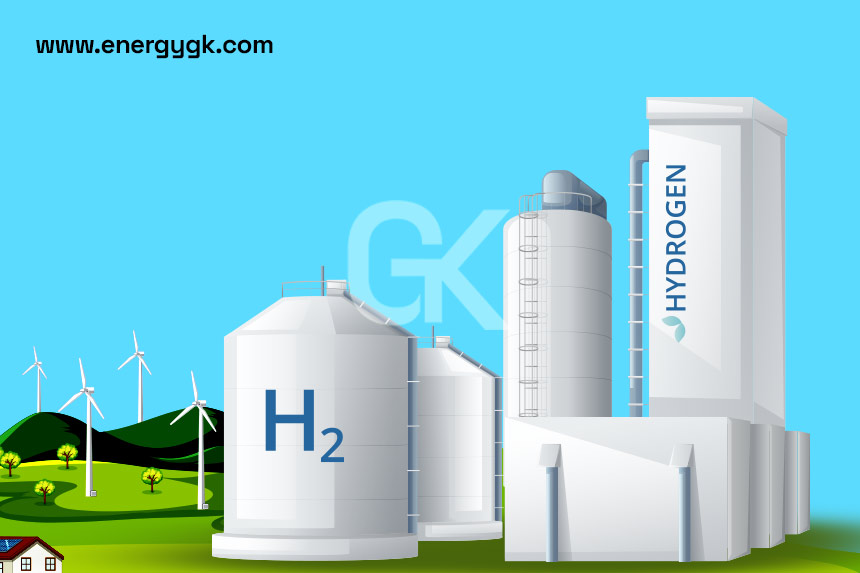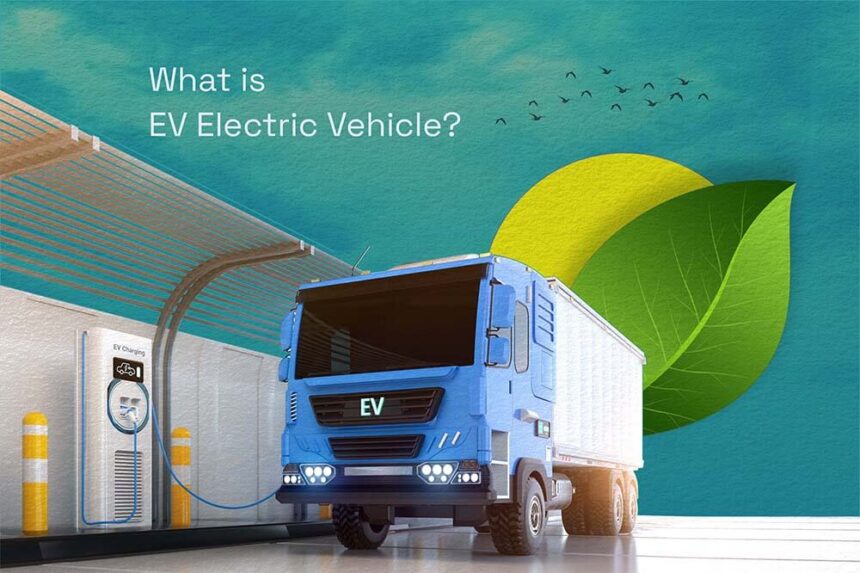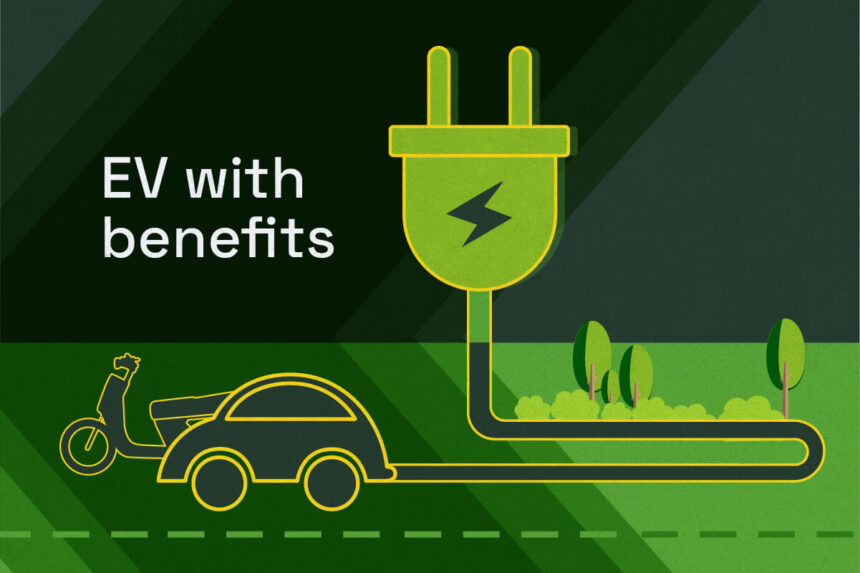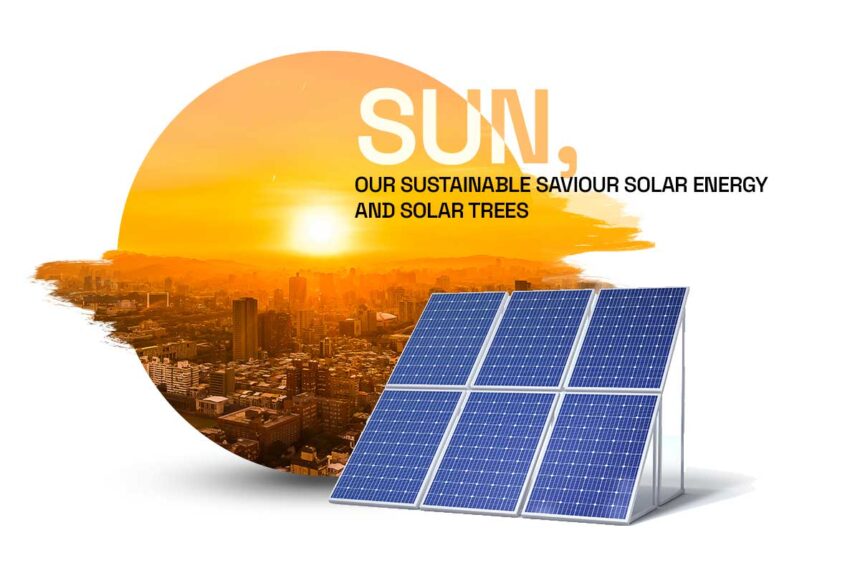In addition to environmental concerns the strong economic advantages of renewable energy are what are driving the shift. Although there may be substantial upfront costs associated with renewable energy projects their overall financial viability long-term savings and economic incentives make them a desirable investment. This blog will examine the financial aspects of renewable energy projects emphasizing the need to balance benefits and costs.
Initial Project Costs for Renewable Energy.
Large capital expenditures are frequently required for the initial investment in renewable energy projects. Among these expenses are:.
1. Infrastructure and Installation: An initial large investment is needed to set up renewable energy systems like hydroelectric plants wind turbines and solar panels. This covers the price of the machinery purchasing the land setting up the site and installing it.
2. Equipment and Technology: High-end renewable energy systems like cutting-edge solar photovoltaic cells or effective wind turbines can be expensive. But these expenses are gradually going down as economies of scale are reached and technology advances.
3. Authorizations and Grants: Obtaining the required licenses and consents from authorities may increase the initial expenses. By using this procedure the projects adherence to safety and environmental regulations is guaranteed.
Long-Term Reserves.
Renewable energy projects have significant long-term cost savings despite their high initial costs:.
1. Lower Operating Expenses: In comparison to traditional fossil fuel power plants renewable energy systems usually have lower operating and maintenance costs. Solar and wind energy systems require little upkeep after installation and dont require fuel.
2. The independence of energy: Businesses and households can safeguard themselves against fluctuating energy prices and supply disruptions by generating their own energy and reducing their reliance on outside energy suppliers.
3. Durability and Extended Life: Systems powered by renewable energy are meant to last for many years. For example solar panels only last 25–30 years but wind turbines can run effectively for 20–25 years. Over an extended period of time this long lifespan guarantees a consistent return on investment.
4. Reduced Energy Costs: The production of electricity from renewable sources can result in large monthly utility bill savings for both residential and commercial users. Policies allowing for net metering enable excess energy to be fed back into the grid thereby offsetting additional costs. financial inducements. Finance companies and governments provide a range of incentives to encourage the use of renewable energy.
The financial viability of renewable energy projects can be considerably improved by these incentives:.
1. Rebates and Tax Credits: For the installation of renewable energy systems many nations offer tax credits and rebates. For instance the Jawaharlal Nehru National Solar Mission (JNNSM) in India provides financial incentives to encourage the use of solar energy.
2. Feed-in Tariffs (FiTs): FiTs provide a steady and predictable income stream for renewable energy producers by guaranteeing a set premium price for renewable energy fed into the grid. By offering a steady stream of income this promotes investment in renewable energy projects.
3. Financing and Assistance: The first costs of renewable energy projects are frequently lowered by grants and subsidies from governments and international organizations. Renewable energy is now more widely available and reasonably priced thanks to these grants.
4. Green Loans: More and more banks and other financial organizations are providing renewable energy projects with green financing options that come with advantageous terms. These comprise low-rate loans green bonds and other financial instruments designed to assist with the implementation of sustainable energy program.
An analysis of solar energy in India.
An excellent illustration of the financial advantages of renewable energy comes from the solar energy industry in India:.
1. Starting Expenses: Technology improvements and competitive bidding have reduced the initial cost of establishing a solar power plant which can be as much as ₹3–4 crores per MW.
2. Long-Term Reserves: Because they dont need fuel solar power plants have low operating costs. A reliable and affordable source of electricity these plants have an average lifespan of 25 years.
3. Financial Rewards: The Accelerated Depreciation (AD) benefit which enables investors to claim up to 80 percent depreciation in the first year thereby reducing taxable income is one of the policies the Indian government has put in place to encourage the use of solar energy.
4. Employment and Growth: From production and installation to maintenance and sales the solar energy industry has generated a large number of jobs. Both in rural and urban areas this growth has sparked economic development.
Conclusion
Renewable energys economics make a strong case for its widespread use. Renewable energy projects are sustainable and financially viable despite their high initial costs thanks to various economic incentives and long-term savings. The environment and the economy both gain greatly from investments in renewable energy as the world transitions to a greener future. When youre prepared to investigate renewable energy options for your house or place of business find out more about the financial advantages and get started on the path to a sustainable and financially sound future right now.






